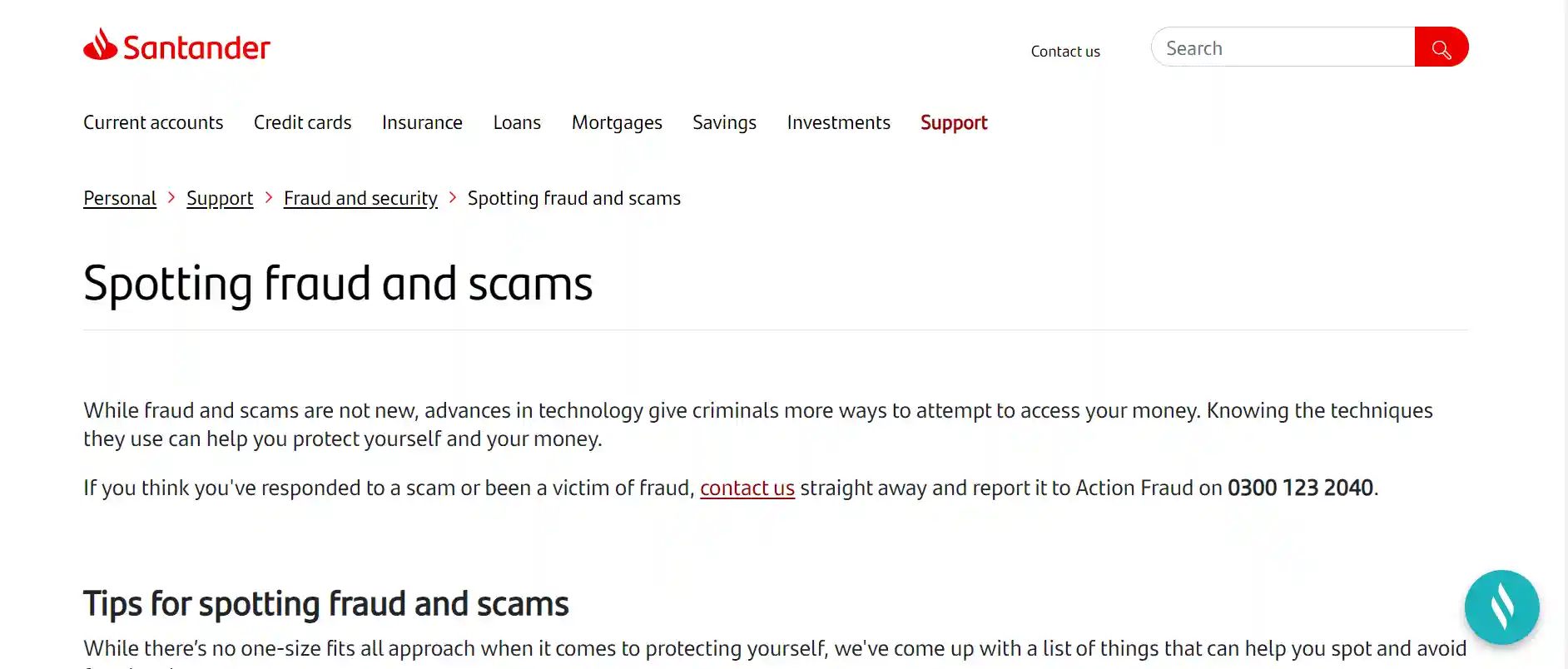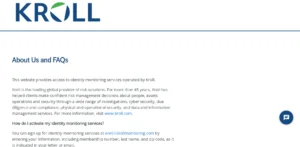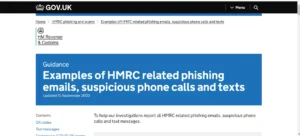Did you know that there is a scam text going around targeting Santander customers? It’s important to stay informed about this scam so you can protect yourself from falling victim.
In this guide, we will explain how the scam text works, the signs to look out for, and what you can do to safeguard your personal information. Remember, scammers are constantly coming up with new tactics, so staying vigilant is crucial.
If you receive a suspicious text claiming to be from Santander, it’s important to know the steps to take and how to report it. Let’s dive into the details and ensure you are well-prepared to combat this Santander payee scam text.
How the Scam Text Works
Recognize the signs of a scam text and protect yourself from falling victim to the Santander Payee Scam. Scam text prevention is crucial in safeguarding your personal information.
The common scam text tactics include phishing, smishing, and spoofing. Phishing involves tricking you into revealing sensitive information through fraudulent messages. Smishing is when scammers send text messages containing malicious links or attachments. Spoofing is the act of disguising a text message to make it appear as if it’s from a trusted source.
Stay vigilant and be cautious of these tactics to avoid becoming a victim.
Signs of a Santander Payee Scam Text
To identify a Santander Payee Scam Text, be on the lookout for certain signs that indicate its fraudulent nature. Here are four key signs to watch out for:
- Grammatical errors or spelling mistakes in the text message.
- Requests for personal information or login credentials.
- Urgent or threatening language to create a sense of panic.
- Suspicious links or attachments in the message.
Protecting Yourself From the Scam
To protect yourself from the Santander Payee scam text, it’s crucial to be able to identify scam texts. Look out for suspicious messages that ask for personal or financial information.
If you receive such a text, report it immediately to Santander and your local authorities.
Additionally, educate others about these scams to prevent them from falling victim to the same scheme.
Identifying Scam Text
Beware of text messages claiming to be from Santander that ask for your personal information; these are likely scam texts. To protect yourself from falling victim to these scams, it’s important to be able to identify them.
Here are four common types of text scams to watch out for:
- Phishing scams: These texts ask you to click on a link and provide sensitive information.
- Smishing scams: These texts try to convince you to call a fake customer service number.
- Lottery scams: These texts claim that you have won a prize and ask for payment or personal information.
- Package delivery scams: These texts inform you about a package delivery and ask for verification details.
Stay vigilant and never share personal information over text messages.
Reporting Suspicious Messages
If you receive a suspicious message, it’s important to promptly report it to protect yourself from the scam. Recognizing common scam tactics is crucial in identifying potential threats.
Cyber security awareness plays a vital role in safeguarding personal information and financial assets. By reporting suspicious messages, you contribute to the overall effort of combating scams and protecting others from falling victim to fraudulent activities.
Stay vigilant and prioritize your online safety.
Educating Others About Scams
Spread awareness about scams by sharing information with others, equipping them with the knowledge to protect themselves from potential fraud.
Here are four key tactics scammers commonly use and how to prevent falling victim to them:
- Phishing emails: Be cautious of unsolicited emails asking for personal or financial information. Verify the sender’s identity before providing any sensitive details.
- Impersonation scams: Be wary of calls or texts from individuals claiming to be from reputable organizations. Always verify their legitimacy independently.
- Fake websites: Check the URL for secure connections (https://) and look for signs of legitimacy, such as contact information and customer reviews.
- Lottery or inheritance scams: Be skeptical of unexpected windfalls. Never send money or provide personal information to claim prizes or inheritances you didn’t actively pursue.
What to Do if You Receive the Scam Text
If you receive a scam text, it’s important to first identify it as such. Look for suspicious signs such as spelling errors, unusual sender information, or requests for personal information.
Once identified, report the message to your mobile network provider or the appropriate authorities.
Lastly, protect your personal information by never responding to the scam text or providing any sensitive data.
Identifying Scam Text
When you receive a Santander payee scam text, it’s important to quickly and accurately identify it to protect yourself from potential fraud. Here are four key steps to help you identify scam texts:
- Look for generic greetings or no personalization.
- Pay attention to urgent and threatening language.
- Check for grammatical errors or misspellings.
- Verify the phone number or sender’s identity independently.
Reporting Suspicious Messages
To report a suspicious message, follow these steps if you receive the Santander payee scam text.
Firstly, don’t click on any links or provide any personal information. Instead, forward the message to the number 7726 (SPAM) for investigation.
Additionally, if you suspect that you have already fallen victim to a scam, contact Santander immediately to report the incident and seek further assistance.
Protecting Personal Information
When you receive the Santander payee scam text, it’s important that you take immediate action to protect your personal information. Here are four steps you should follow to safeguard your online security and prevent falling victim to phishing attacks:
- Don’t respond or click on any links in the text message.
- Delete the message immediately to avoid any accidental clicks.
- Block the sender’s number to prevent future messages.
- Report the scam text to your mobile network provider and Santander to help them take action against the scammers.
Reporting the Scam to Santander
If you have received a scam text from Santander, it’s important to promptly report it to the bank. Reporting scams is crucial in preventing fraud and protecting yourself from financial loss.
Contact Santander immediately through their official customer service channels to inform them about the fraudulent text. Provide any relevant details or evidence you may have, such as the text message content or sender’s phone number.
Santander will investigate the matter and take necessary actions to safeguard your account.
Staying Vigilant Against Future Scams
To protect yourself from future scams, remain vigilant and stay alert for any suspicious activity in your banking transactions. Here are four scam prevention strategies to help you stay informed and protect your finances:
- Be cautious of unsolicited calls or messages asking for personal information or financial details.
- Regularly review your bank statements and transaction history for any unauthorized activity.
- Enable two-factor authentication and strong passwords for your online banking accounts.
- Educate yourself about common scams and stay updated on the latest fraud tactics.







































